Online shopping provides a quick and convenient way to purchase products, and this is especially true for the...
Transfer Boards
Ideal for both caregivers and patients, transfer boards improve mobility in one’s space, including moving from a bed to a wheelchair, chair to tub or wheelchair to recliner. For caregivers, they help reduce the strain placed on the back, neck and shoulders from physically moving the patient from place to place. Also called sliding boards, these devices build a more stable bridge between two surfaces.
Choosing the right transferring equipmen
What is a Transfer Board?
Transfer boards are designed for patients with limited mobility as an assistive device to get around their living space and perform select activities of daily living, including bathing and toileting. Individuals may opt to use a transfer board themselves, and these systems further reduce the amount of force caregivers and medical staff need to exert to lift patients out of bed or into a tub.
In terms of design, a transfer board is characterized by flat, stiff wooden or plastic construction and is intended to be placed from one seated surface to another. Once the board is in place, the user can better support themselves to move gradually and incrementally out of bed and into a wheelchair or from a chair to a tub. Wheelchair users may use their board about a dozen times per day.
This arrangement provides the following benefits:
- Wheelchair users and those with limited mobility continue to maintain their independence.
- Use of a transfer board helps reduce slip and fall risks and limits a patient having to use their legs.
- The design often meets patients where they are, requiring smaller, more gradual movements and limiting stress placed on the upper body.
- For caregivers and medical professionals, transfer boards serve as a guide for assisting patients with getting out of bed, into their chair, bathing or using a toilet.
- Boards accommodate both unassisted and assisted transfers.
Who Are Transfer Boards For?
Transfer boards are built for individuals with limited mobility, including those:
- Who cannot place all their weight on both legs.
- Who experience pain when using the lower half of their body.
- Living with balance issues or elevated fall risks.
- Recovering from surgery.
- Living with a disability or age-related mobility issue who don’t have full use of their legs.
Static vs. Dynamic
Static boards feature a one-piece design available in a variety of sizes; short, wide, long, etc. Most standard boards can accommodate between 200-500 pounds. However, bariatric boards, such as the Bariatric Wood Transfer Board with Handles, can hold up to 600 pounds. They are available in plastic or wood (pine, oak, birch) and can be purchased with or without cut-outs.
Dynamic boards are ideal for patients who have limited mobility, but who can be transferred while standing up. This type is placed on the floor and features a moving disc that the user stands on and can slide from side to side with caregiver assistance. Because it limits patient lifting to a minimum, it places less strain on both the user and caregiver.
Transfer Board Application
Most standard transfer boards assist patients with moving from one place to another, but some are specifically designed to be used with a bathtub or toilet, such as the Tub Transfer Board by Carex. Users will often choose to have a board designated for bathroom use and one for all other transfer needs.
Safety and Use
When using patient transfer devices, safety should always come first. When moving a patient from a wheelchair to any other surface, always lock the wheels into place and angle the chair at 45 degrees. Place the board securely under the hips and buttocks and make sure the patient’s knees are directly above the ankles and their feet are flat on the floor to prevent potential injury during transfer.
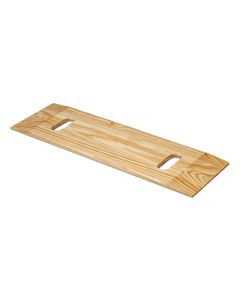
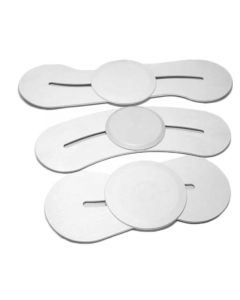
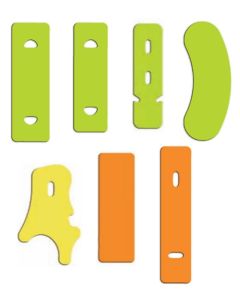

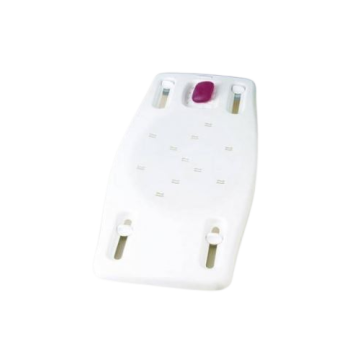
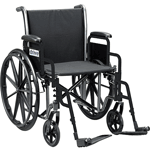
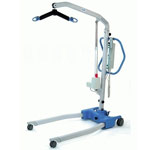
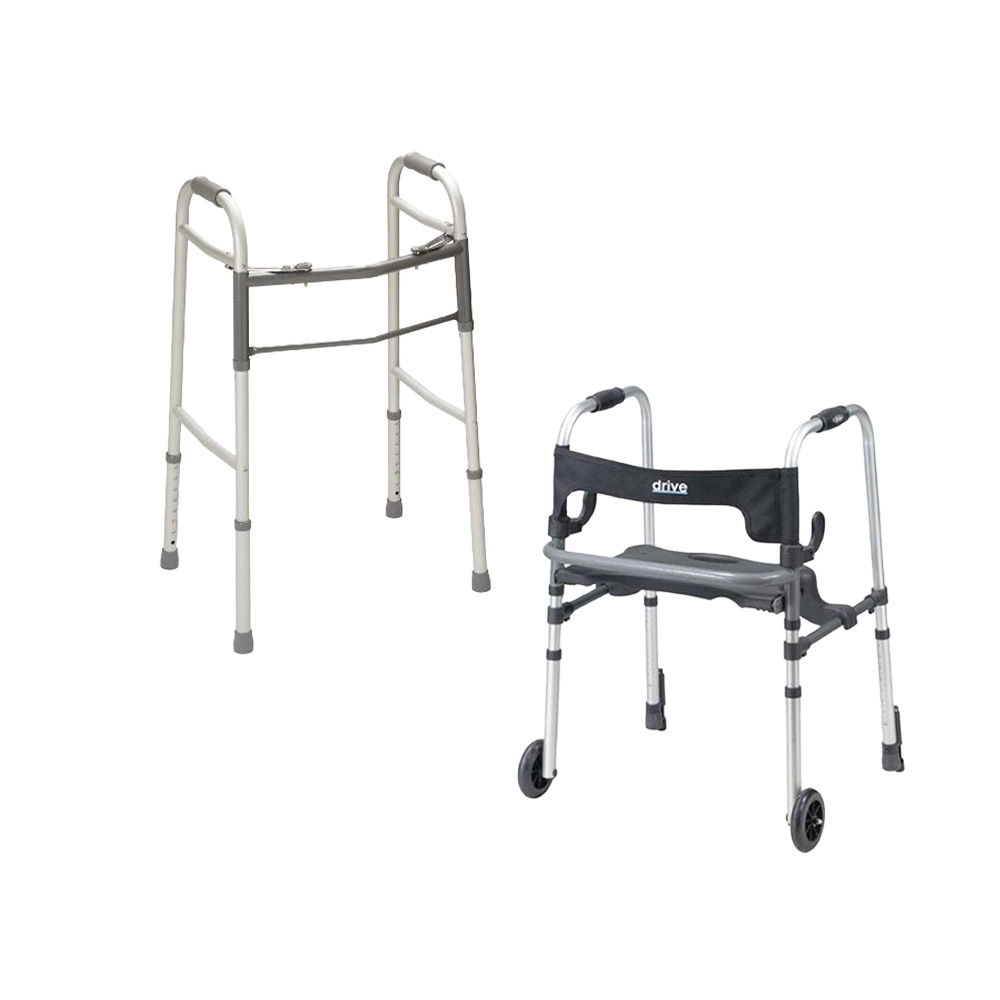
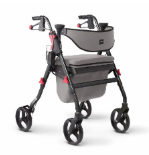
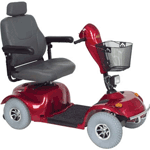
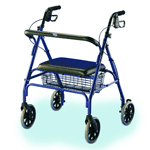
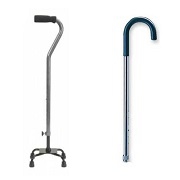
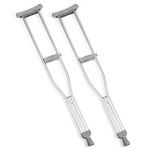

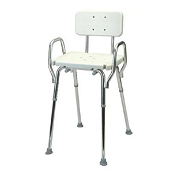
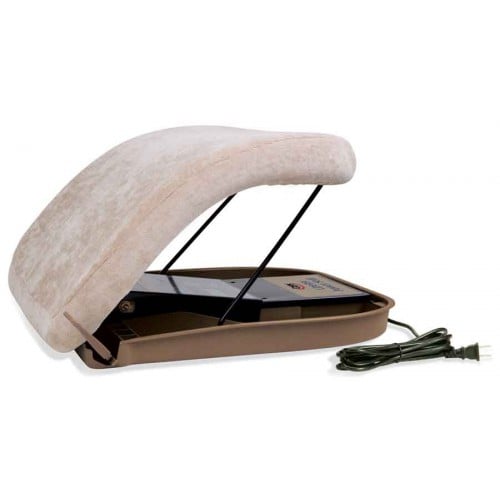
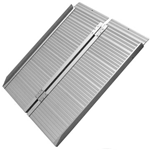
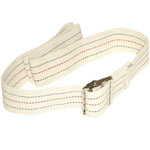

Login and Registration Form